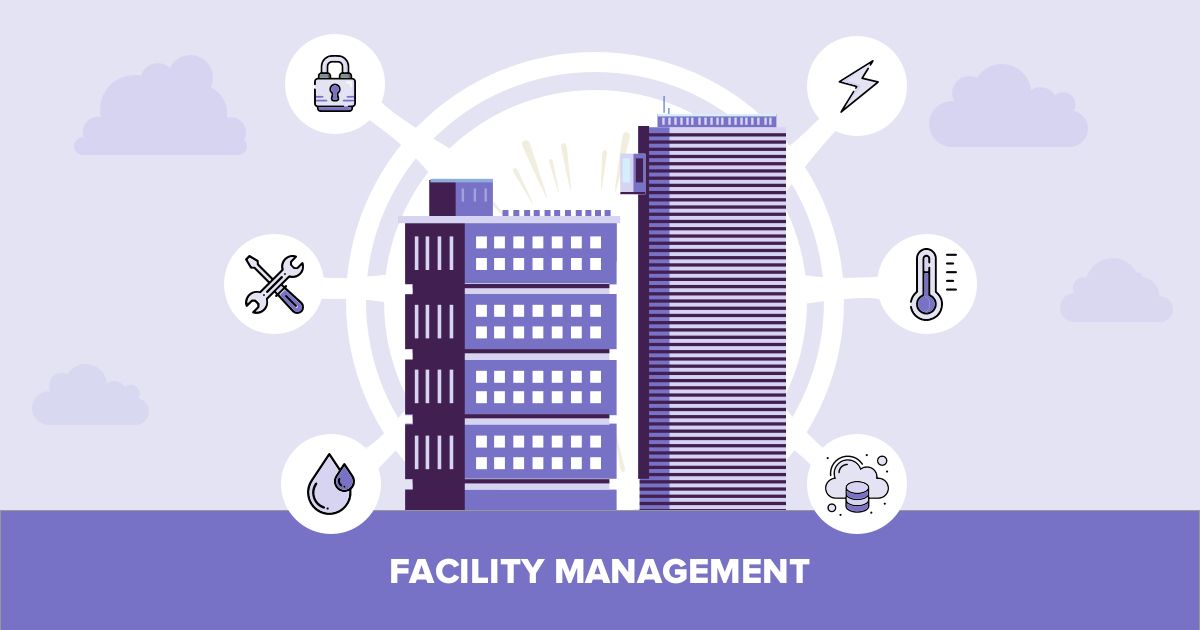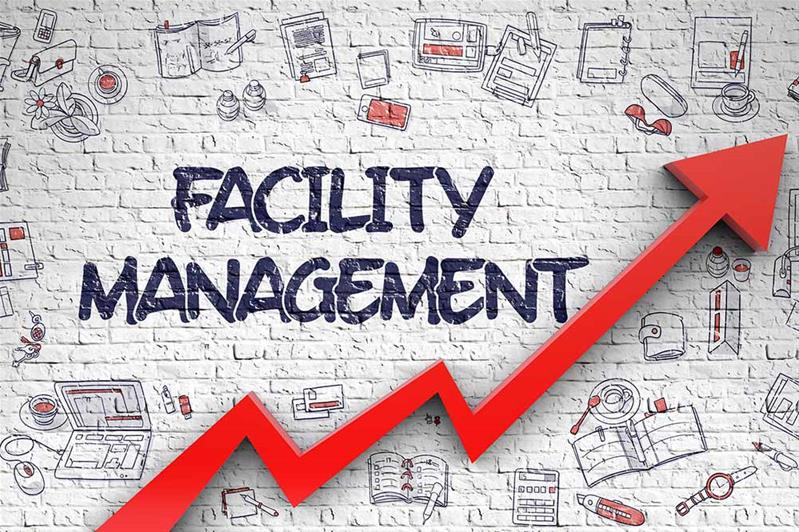Why Total Facility Management Is Necessary for Service Success
Total Facility Management (TFM) serves as a keystone for company success by balancing varied functional facets such as upkeep, space usage, and safety and security steps. As services browse an affordable landscape, understanding the multifaceted benefits of TFM can be essential in driving expense performance and boosting staff member productivity.
Understanding Total Facility Management
Total Facility Management (TFM) incorporates a thorough approach to managing an organization's buildings and associated services to ensure optimal functionality, security, and efficiency. TFM integrates various self-controls, including maintenance, operations, space management, and safety and security methods, to develop a natural structure that supports an organization's core goals.
At its core, TFM aims to streamline the processes involved in facility management, reducing redundancies and boosting solution distribution. This strategy entails the control of tasks associated with home management, such as fixings, cleansing, and power management, to promote a productive environment for stakeholders and staff members alike. TFM likewise highlights the significance of implementing best techniques and cutting-edge modern technologies to improve service quality and reduce operational prices.
By straightening facility management tasks with business goals, TFM boosts overall performance while making certain compliance with health and wellness, safety and security, and environmental guidelines. Thus, TFM serves not just as a logistical feature but likewise as a critical possession, adding to an organization's lasting sustainability and growth.
Secret Benefits of TFM
Leveraging an extensive strategy, organizations that carry out Total Facility Management (TFM) unlock a myriad of advantages that add to general business success. One of the main benefits of TFM is the enhancement of functional effectiveness. By settling facility services under a unified management structure, companies can simplify procedures, decrease redundancies, and enhance communication across departments.
Additionally, TFM advertises an aggressive upkeep strategy, which minimizes downtime and extends the life expectancy of facilitiess and devices (Total Facility Management). This aggressive strategy not just enhances productivity but also fosters a safer working atmosphere, eventually causing greater staff member complete satisfaction and retention rates
Furthermore, TFM assists in far better source allocation by offering understandings right into facility efficiency metrics. Organizations can identify areas for improvement, enabling them to make enlightened choices that straighten with their strategic goals.
TFM and Price Effectiveness
Accomplishing cost performance is a basic goal for organizations, and Total Facility Management (TFM) plays a crucial function in this endeavor - Total Facility Management. By incorporating different facility solutions under a solitary management framework, TFM enables companies to enhance operations and lower redundancies. This alternative method leads to substantial cost financial savings, as it gets rid of the need for several vendors and streamlines procurement procedures
Furthermore, TFM fosters positive maintenance approaches, which lessen the risk of expensive repairs and downtime. By focusing on safety nets, companies can extend the lifespan of their possessions and decrease unexpected expenditures. Furthermore, TFM incorporates energy management methods, which can dramatically cut utility prices through effective source usage.
The centralization of information and analytics within TFM allows organizations to make educated economic decisions. By determining fads and areas for enhancement, TFM makes it possible for tailored methods that better enhance expense management. Furthermore, the scalability of TFM services makes certain that as companies grow, their facility management methods continue to be efficient and aligned with monetary objectives.
Enhancing Employee Efficiency
A well-managed facility can significantly boost employee efficiency by producing a helpful job environment. Effective published here Total Facility Management (TFM) makes sure that all facets of the workplace-- from illumination and temperature level to sanitation and safety and security-- are optimized. When workers run in a space that is comfortable and well-maintained, they are a lot more most likely to concentrate on their tasks, causing higher output and job fulfillment.
Additionally, TFM can improve partnership with the tactical design of communal locations, urging team effort and development. By buying the right sources and modern technology, companies can assist in seamless communication and simplify operations, additionally improving efficiency. Regular upkeep and punctual actions to facility issues prevent disruptions that can or else impede performance.
Furthermore, a risk-free and healthy workplace, sustained by TFM methods, decreases absence and advertises wellness, directly correlating with raised performance degrees. Inevitably, focusing on facility management is a financial investment not just in physical properties yet also in the labor force itself. By promoting an atmosphere that supports employee requirements and preferences, businesses can grow a much more engaged and effective labor force, driving general success and competitive advantage.

Future Trends in TFM
Accepting technological improvements is set to improve the landscape of Total Facility Management (TFM) in the coming years. As the demand for performance and sustainability increases, TFM will progressively adopt wise building technologies, incorporating Internet of Things (IoT) tools to handle and check facility procedures in real-time. This change will certainly make it possible for positive upkeep, substantially lowering operational expenses and improving service delivery.

Sustainability continues to be a critical focus, with TFM specialists expected to focus on environment-friendly methods. This see post consists of utilizing sustainable energy sources and maximizing waste management systems to minimize the carbon footprint of facilitiess.
Remote management abilities will additionally be broadened, allowing facility managers to oversee operations from essentially anywhere. This adaptability will certainly come to be crucial as organizations adapt to crossbreed work designs. In summary, the future of TFM is positioned for makeover via modern technology, sustainability, and boosted operational strategies, guaranteeing companies remain affordable in an advancing landscape.
Final Thought
By integrating various operational features, TFM enhances performance and aligns facility management with business objectives. As organizations increasingly adopt ingenious technologies and sustainable methods, the importance of TFM will certainly proceed to expand, making certain lasting functional effectiveness and competition in an advancing market.
